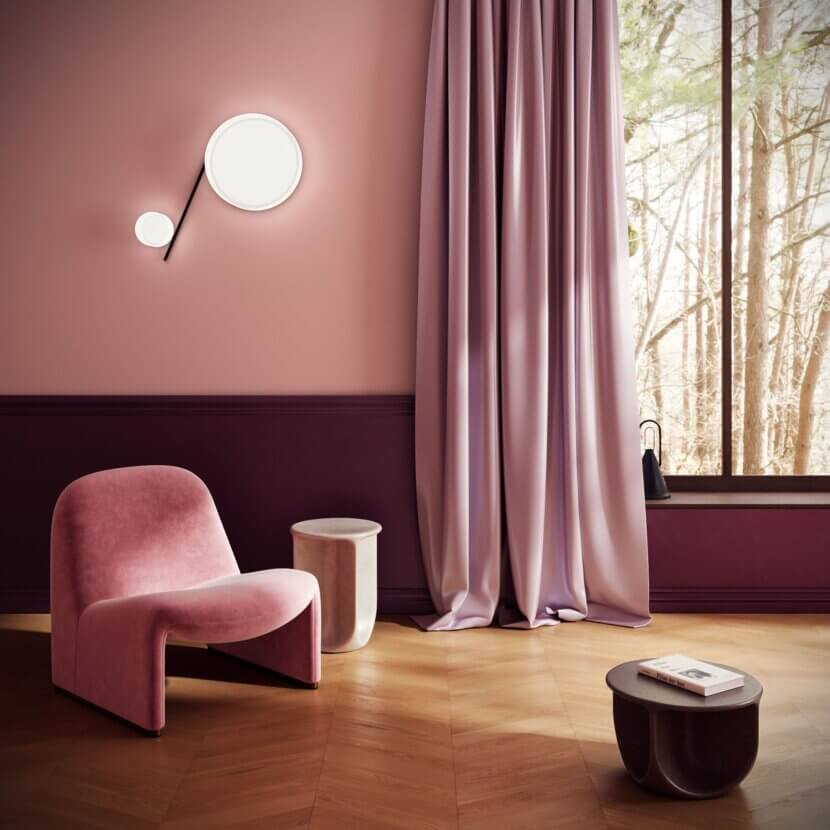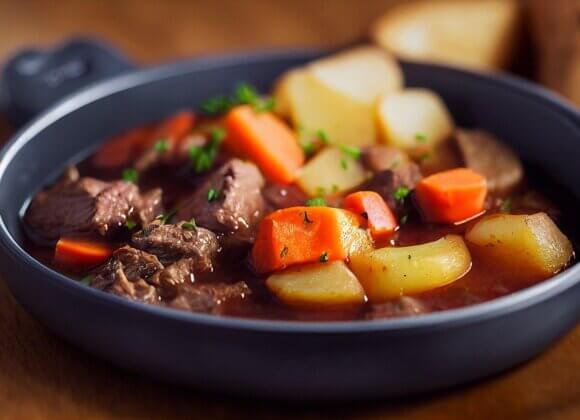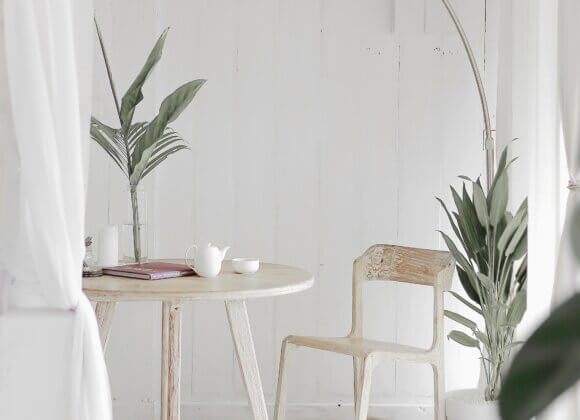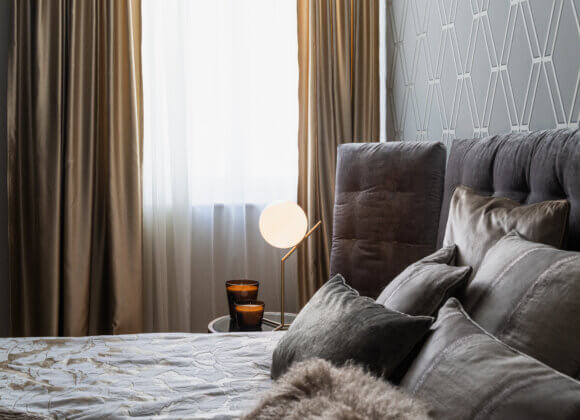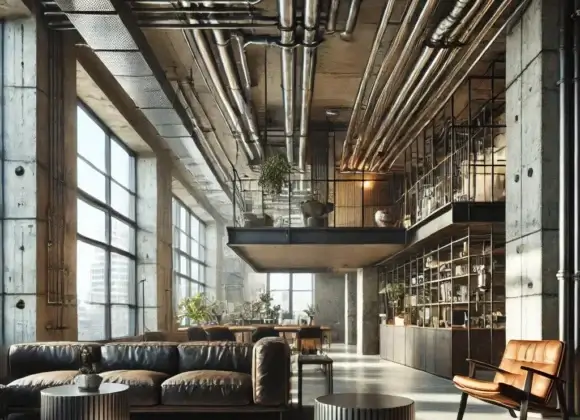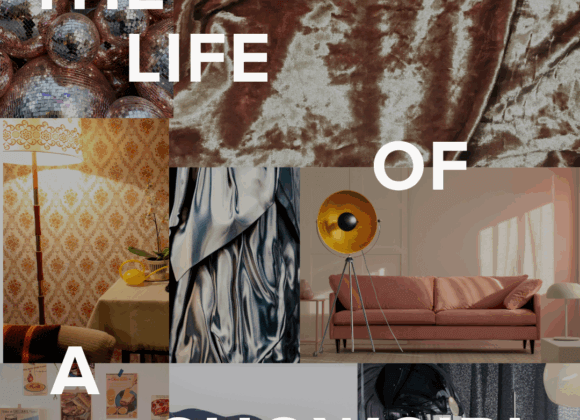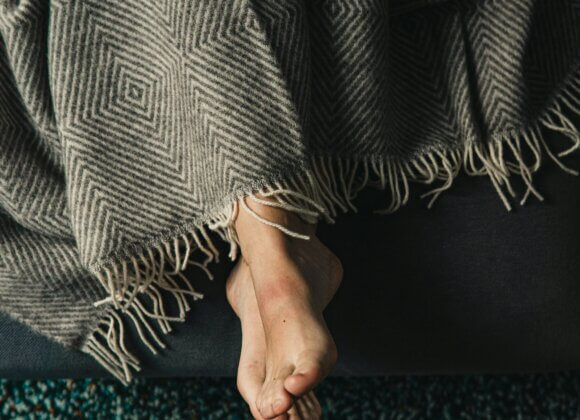Curtains are back in fashion – and they are more modern, versatile and functional than ever before. After a phase of minimalist furnishings, in which textile elements were often considered superfluous, more and more people are returning to the warmth and atmosphere that fabrics can convey at the window. Stefan Gabel, Chief Creative Officer of the traditional textile publisher Zimmer + Rohde, explains why curtains are a must in modern living spaces and how they can be harmoniously integrated into different interior styles.
Between nostalgia and rediscovery
“There was a time when curtains were almost frowned upon in this country,” says Gabel. “Especially the generation that grew up with heavy, opulent fabrics from their parents’ homes wanted to distance themselves from them.” But with the return to a more conscious, homely lifestyle, many people are rediscovering the benefits of curtains. Especially in rooms with clean lines, large expanses of glass and modern materials such as concrete or stone, the acoustic and visual softness that curtains can provide is often missing.
“Curtains act as a buffer for sound, improve acoustics and make even minimalist rooms more comfortable,” explains the expert. They play a particularly important role in modern architectural styles with hard surfaces, open floor plans and large window fronts.
Trends in materials and styles
Modern curtains combine aesthetics and functionality. Lightweight, easy-care fabrics with a certain amount of polyester dominate the market. They retain their shape regardless of humidity and temperature and are washable and durable. At the same time, functional fabrics such as thermal curtains, which can minimize thermal bridges and reduce heating costs, are gaining in importance again – especially in the current energy situation.
The materials themselves also reflect the respective furnishing style. The industrial look with its rough, untreated surfaces and dark metal elements benefits from curtains made of coarsely woven fabrics with expressive textures in neutral shades such as gray, anthracite or beige. These not only have a harmonious effect, but also reinforce the robust ambience without being too dominant.
In the Scandinavian style, which emphasizes lightness, brightness and simplicity, curtains made of natural materials such as cotton or linen in soft, earthy colors are in demand. The aim here is to find a balance between function and minimalist elegance. “Curtains here are often slightly transparent in order to preserve the natural light, and do without elaborate gathers or heavy decorations,” adds Gabel.
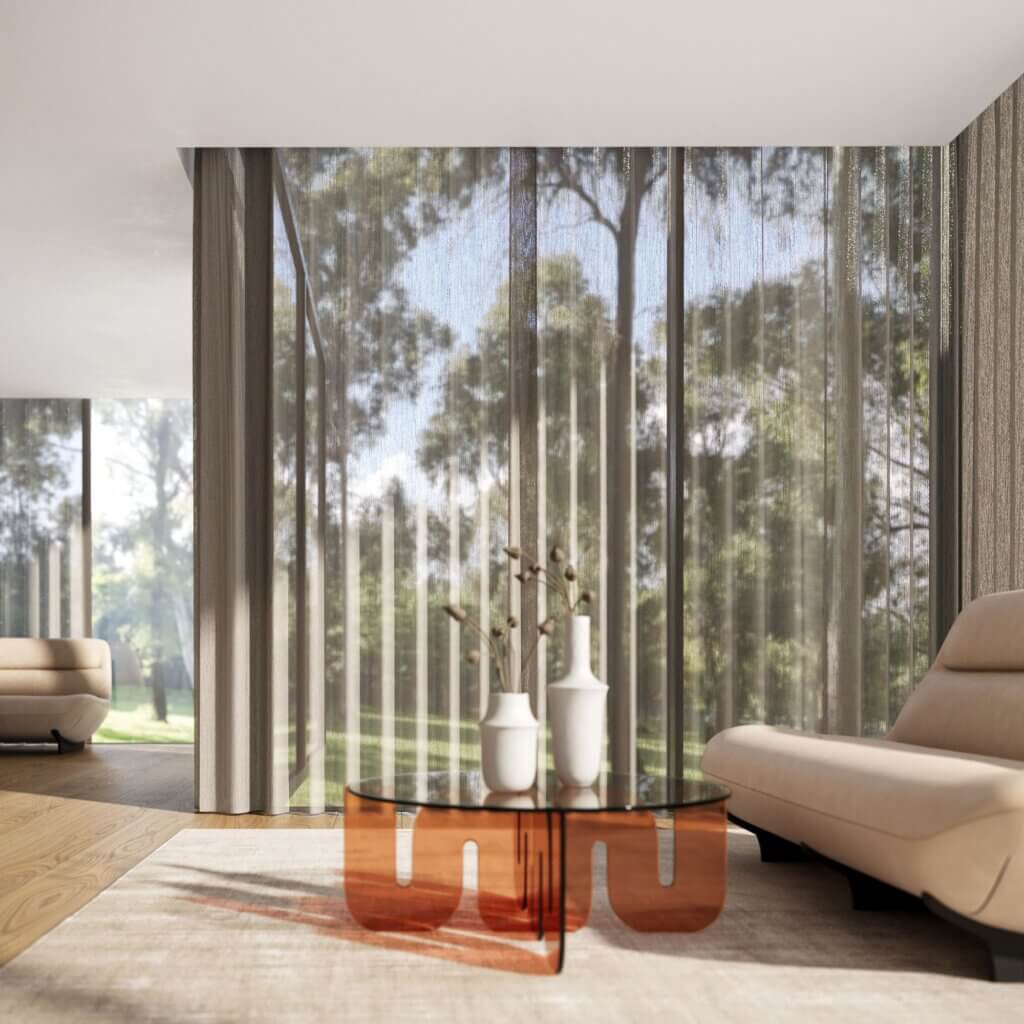
Curtains care: What needs to be considered?
Proper care begins even before hanging. Gabel recommends always washing new curtains before use. “Natural materials can shrink, especially during the first wash. If you only wash the curtains after sewing, you run the risk of them suddenly being 10 centimetres shorter.” His tip: pre-wash the curtains, then hang them up at full length, pin them and only then cut them to the desired length. Before shortening, you can sew a so-called wash pleat into the top of the pleat tape. This gives you an additional small reserve that you can use if necessary. This is traditionally always at the top because it is less noticeable there.”
There are also a few things to bear in mind when washing. “You should never load the drum too full to avoid creases and always wash on a delicate cycle at a maximum of 30 degrees,” advises Gabel. Professional cleaning is recommended for particularly delicate fabrics such as linen or silk.
Proper drying is crucial after washing. “Many fabrics should be hung up damp immediately after washing so that they can hang out and ironing is often unnecessary.” If you still prefer smooth curtains, you can use a steam iron or steamer. “A steamer is particularly practical, as you can use it to smooth the curtains directly on the window without having to take them down. However, you should always read the care instructions beforehand. These are usually sewn into the top of the pleat tape in the form of a textile label.”
The ideal length and suspension for curtains
A common problem is finding the right length of curtains. “The perfect length depends on the material and the desired look,” explains Gabel. For a modern style, curtains should float just above the floor – ideally about half a centimeter. However, this only works in new buildings with absolutely straight floors and ceilings. It is important to consider the material: “Polyester keeps its shape, while natural fibers can work. If you want absolute precision, you should therefore opt for synthetic fabrics. In old buildings, a casual, five to ten centimeter overlay is recommended. This looks elegant and generous.”
The choice of hanging system also influences the overall look. “Minimalist tracks are particularly popular at the moment as they are simple and unobtrusive. However, solid rods with eyelets are also suitable for heavy curtains, as they add a decorative accent,” says Gabel. The general rule is: “Whether industrial, Scandinavian or classically elegant – there are suitable curtains for every style.” Anyone who is unsure should seek advice from a specialist. “Interior decorators can not only help with choosing the right fabric, but also with the optimal processing and hanging.”
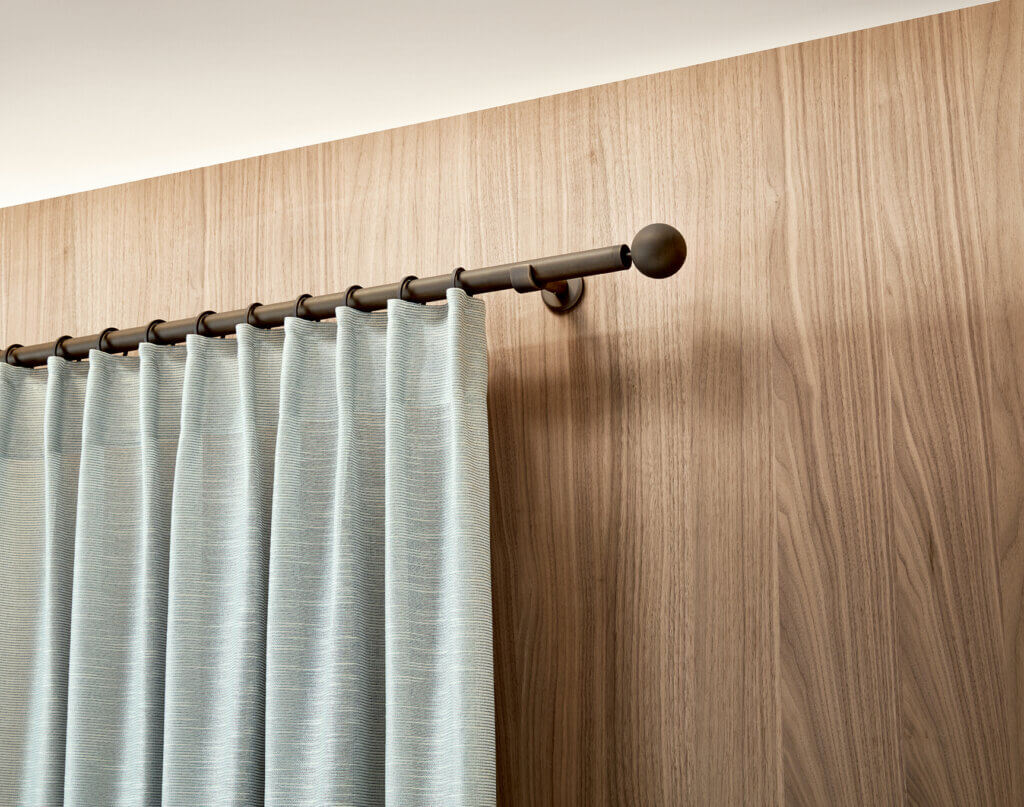
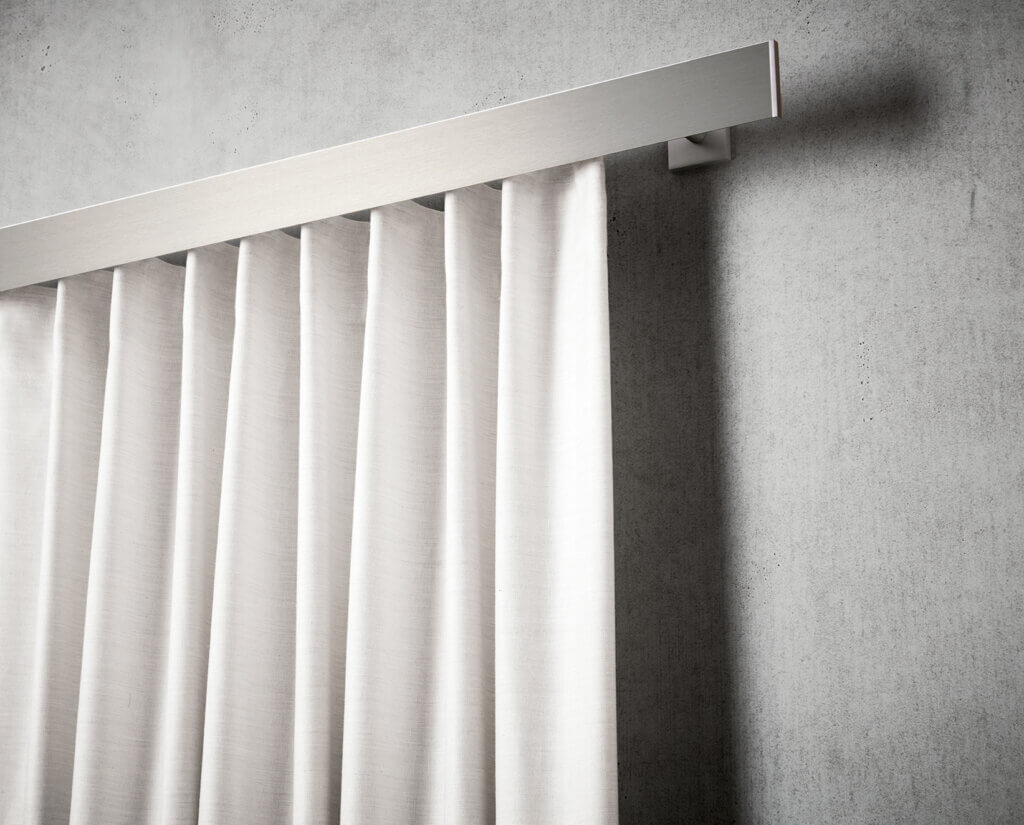

Stefan Gabel is creative director of the renowned German textile publisher Zimmer + Rohde.
https://www.zimmer-rohde.com/de
Photos: ADO Goldkante and Zimmer + Rohde GmbH
Related posts:
Furniture care: how to keep your furniture looking good for a long time
How do I furnish a guest room correctly?
Living and noise: How to ensure more peace and quiet structurally


